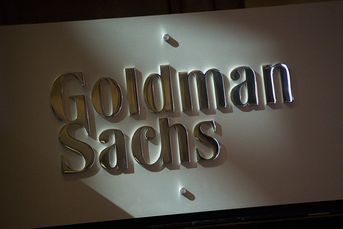William Sharpe casts a sharp eye on Social Security
Raise taxes by 7%, cut Social Security and Medicare benefits by the same degree, or do a combination of the two.
Raise taxes by 7%, cut Social Security and Medicare benefits by the same degree, or do a combination of the two.
Those alternatives, according to Nobel Prize-winning economist William F. Sharpe, are the only ways to keep the nation’s retirement systems viable.
“Social Security is not broken. The problem is that we should have been putting money into the pot,” said Mr. Sharpe, professor emeritus at Stanford University in Palo Alto, Calif.
Speaking in New Orleans at the 2008 Spring Professional Development Conference of the Greenwood Village, Colo.-based Investment Management Consultants Association, Mr. Sharpe gave his perspective on the future of these social safety-net programs.
He noted that Social Security and Medicare will cost the nation $99.2 trillion over the “infinite horizon,” an expression for a timeline without a finishing point that is used by the programs’ trustees in their latest annual reports.
To meet those expenses, Mr. Sharpe said that taxes would have to be raised or benefits cut in order for benefits to continue.
“Advisers, better plan on your clients paying higher taxes before or after they retire, or getting smaller benefits,” he said. However, they “probably [will] have to deal with both [problems].”
Mr. Sharpe, the1990 Nobel Prize winner in economics and the creator of a widely used ratio that measures risk, suggested that advisers create lockboxes for each year of a client’s retirement.
Creating 30 of these lockboxes, with different funding and strategies, would be a way to arrange retirement income as if the client were buying an annuity, he said.
“You don’t want clients to be subject to a money illusion [created by traditional retirement decumulation strategies], so you need to put things into constant dollars,” said Mr. Sharpe, who believes the annual bucket approach would help clients understand longevity issues and the need for yearly planning.
Advisers who attended the conference had mixed reactions about the functionality and feasibility of such a year-specific investment approach.
“A lockbox concept is a good one. Depending on how it is established for a client makes a huge difference,” said Sean Ciemiewicz, managing partner at The Founders Group, a La Jolla, Calif.-based member firm of National Financial Partners Corp. of New York.
However, Michael L. Price, a senior financial adviser in Toledo, Ohio, with Ameriprise Financial Services Inc. of Minneapolis, was skeptical of the lockbox approach.
“Although I like the idea, I am not sure how it can be employed with our clients,” he said. “I think that the way that Professor Sharpe proposed to do it would be expensive, which may cancel any benefit.”
E-mail Aaron Siegel at [email protected].
Learn more about reprints and licensing for this article.








